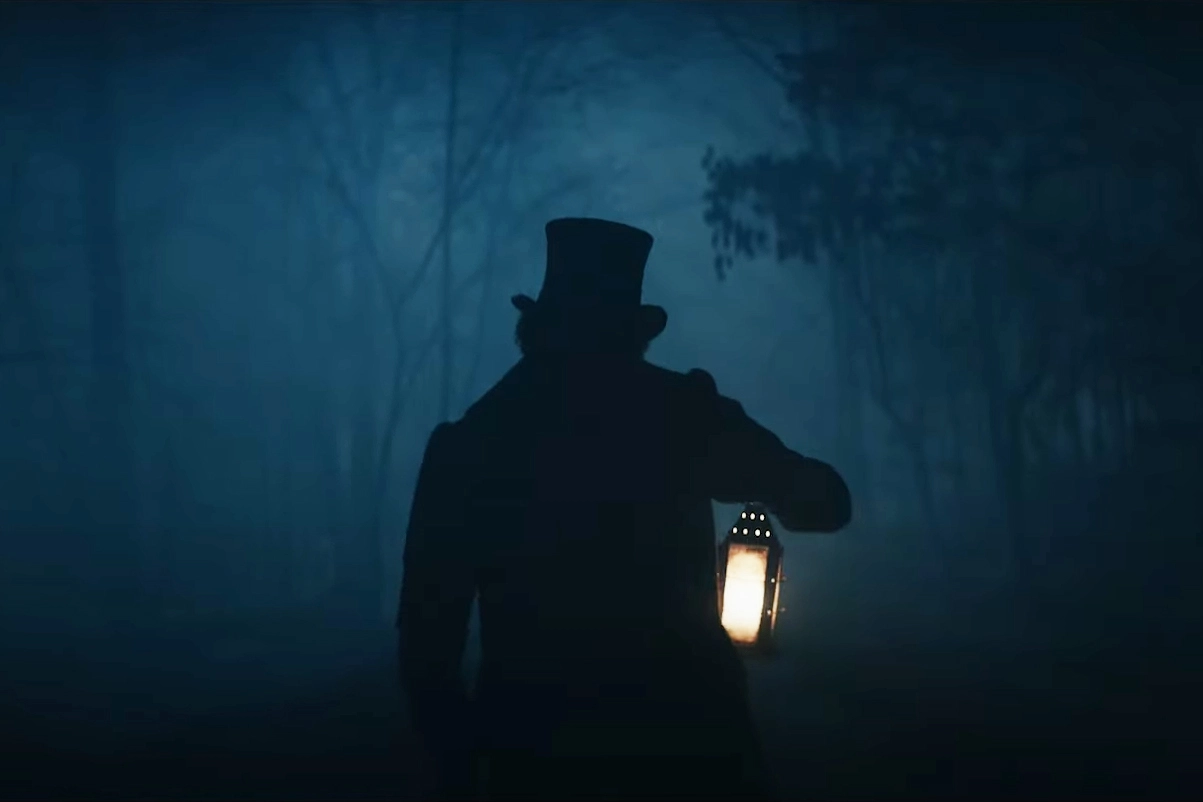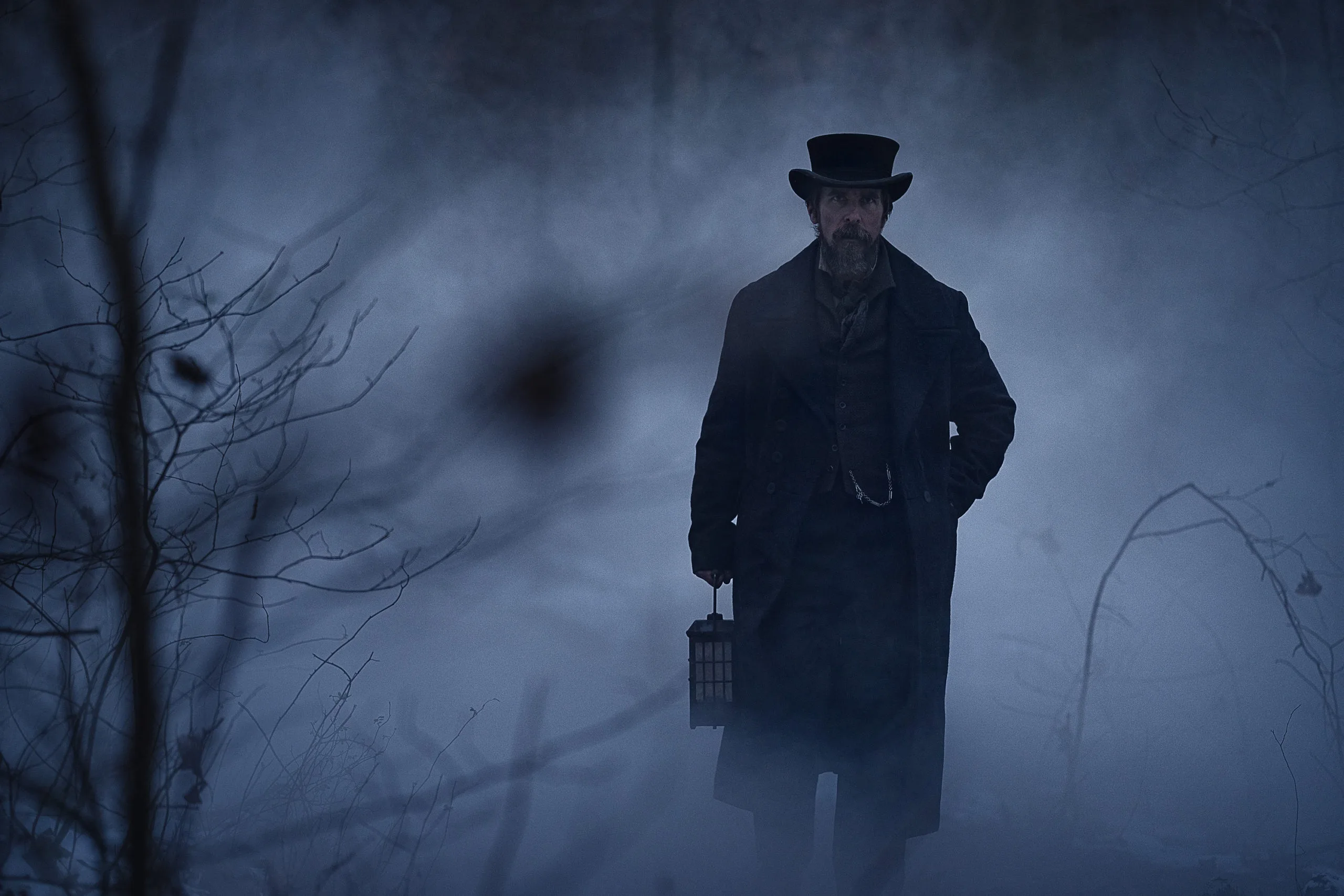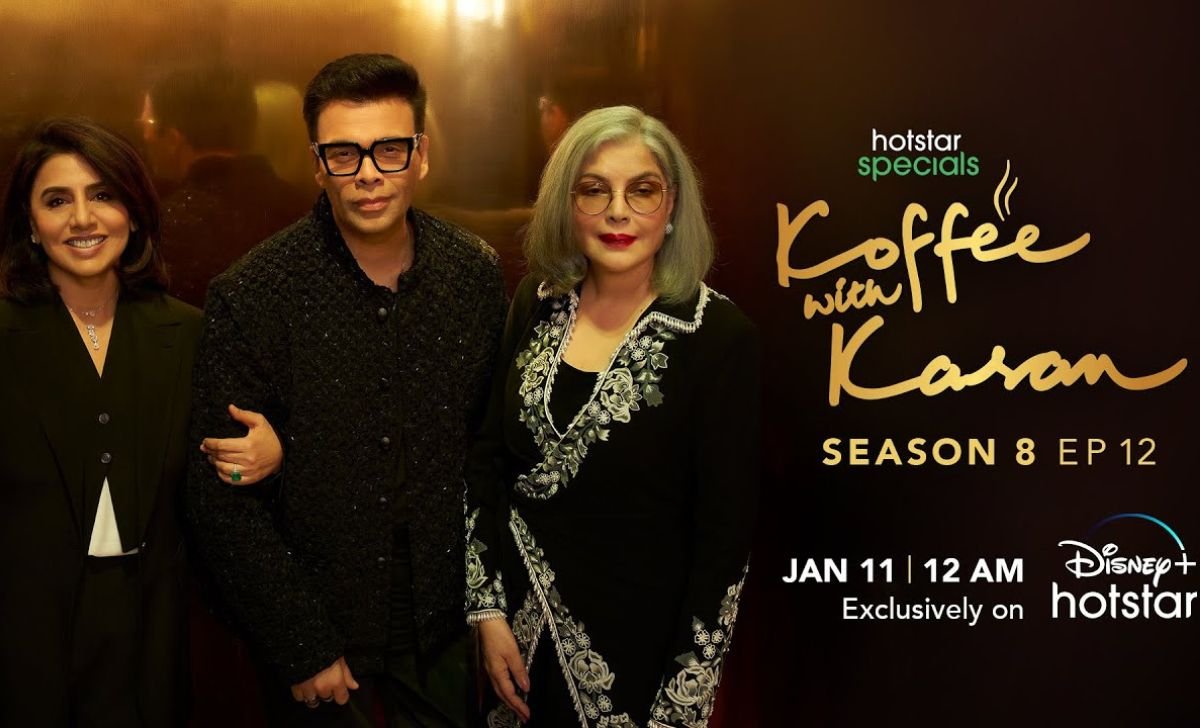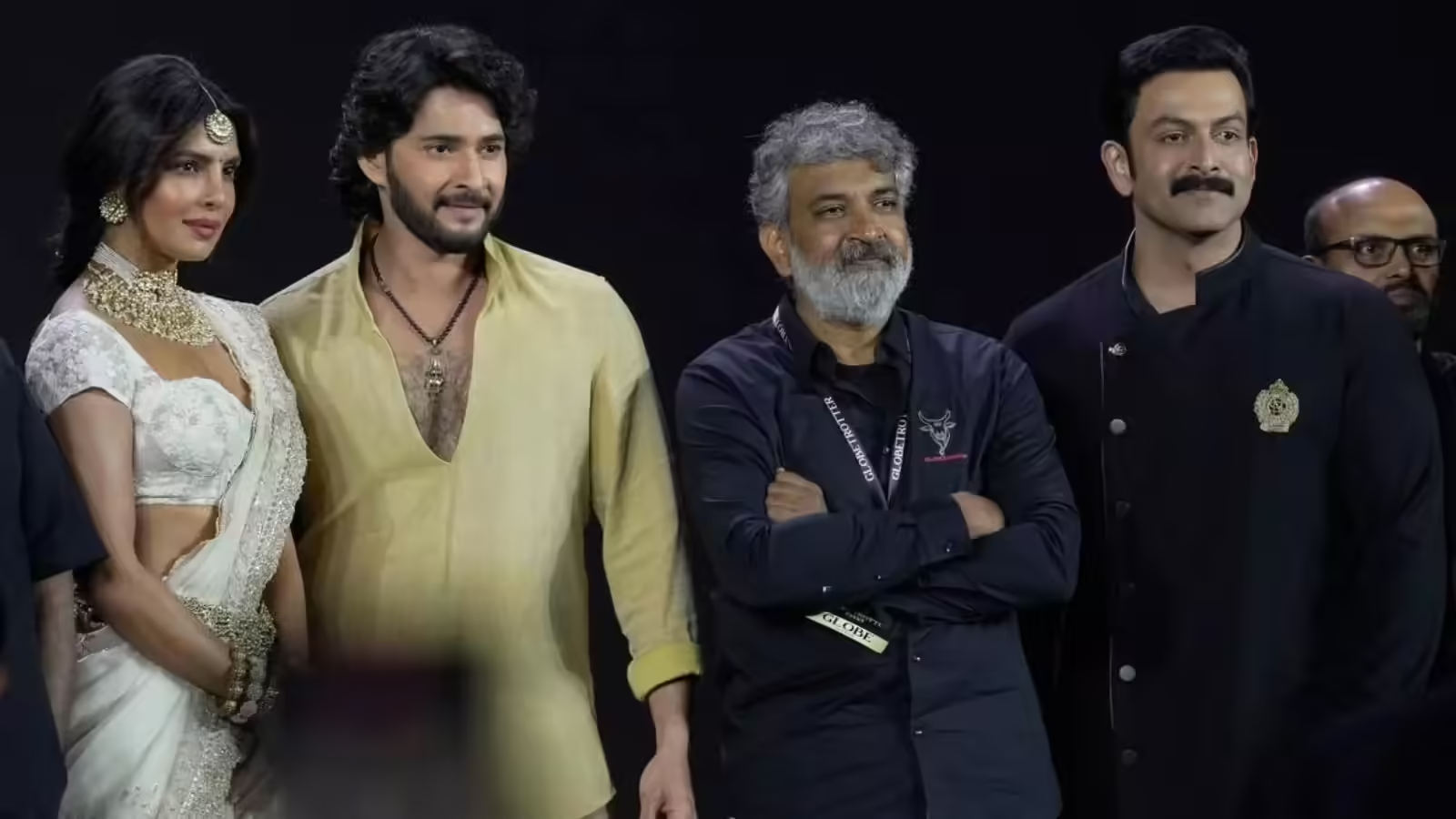The barren trees and snowy hills of the Hudson Valley in winter are rarely as foreboding as they are in Scott Cooper’s. The Pale Blue Eye is a mystery that’s more about mood than simplicity. But the chill you feel in your bones may be adding to the mystery; Cooper clearly understands that secrets live or die in their environment. Those of us for whom Sherlock Holmes served as a gateway drug into serious literature can testify. The Victorians, the Stonemasons, and the gaslight were all essential to our aesthetic, perhaps even more so. And now, at West Point itself in the 1830s, there’s a suitably rough, bleak retelling of those stories.
The Pale Blue Eye is based on the bestselling novel of the same name by Louis Bayard
Based on the 2003 novel by Louis Bayard, The Pale Blue Eye follows Augustus Landor (Christian Bale). A veteran New York detective who lives alone in the woods and travels across the United States to investigate the gruesome death of a cadet at the United States Military Academy. Leroy Fry (Matt Helm) has been hanged and his heart cut out, and no one can decide if it was suicide or murder or why it happened. The gruff Lander has an undeniably conflicted relationship with the school.
He’s utterly disdainful to everyone around him – but accepts the case anyway. He then recruits a strange young cadet, Edgar Allan Poe (Harry Melling), as his assistant, who quickly tells him that the murderer they are looking for must be a poet. “The heart is a symbol, or it is nothing,” Poe explains. “To draw out the human heart is to trade in symbols. And who better for such a labor than a poet?”

Deep, man Poe attracts Landor, who falls in love with this young eccentric fellow. Bale has been so good at playing standoffish characters for so long that it’s tempting to lower his gaze to see him warming up to someone else. Landor has lost his wife to illness, and his daughter, we are told, has recently run away from home. He came to these forests in search of happiness with his family and became lonely and bitter. When Poe visits Lander’s house and admires books that belonged to his daughter.
We begin to understand why the old man has softened toward this inappropriate poet-cadet: The young man reminds him of his lost daughter. And Poe, who says he sometimes talks to his dead mother, could use some paternal grounding.
Read More | ‘M3gan’ Review: She walks, talks, and kills
Based on the 2003 novel by Louis Bayard
This father-son dynamic powers the entire picture and sets up several key moments in the film’s climax. This, in turn, calls for a lot of mailings, and you never know where he’s going with his wonderful Poe. Cavernous eyes dominate a face that is otherwise all cheekbones and chin, bringing a creepy, ghostly assurance to this outsider.
He alternates between melancholy and grandeur, which is the mark of an honest-to-goodness romantic. You feel the tragedy of him ending up in a place like West Point. (In real life, Poe only stayed at the school for a few months.) You can also tell from his demeanor and speech that this is a man who will either make his mark on the world or die in a ditch.
On a purely narrative level, The Pale Blue Eye offers a relatively standard development: a hidden note here, an unhealed wound there, and an encrypted diary there. However, we are dealing with a fundamentally general genre, and familiarity is allowed and encouraged. Plus, Cooper understands that a firmly handled cliché can be effective. (After all, this is the guy who made Crazy Heart.) So, he leans into them. A cursed character doesn’t just cough at the start – they have a full seizure.
The performance is performed with the actors’ enthusiasm. It helps that the supporting cast is ridiculously stacked with actors who have done entire films. Timothy Spall plays the head of West Point; Toby Jones plays the school doctor; Gillian Anderson (!) plays the doctor’s emotionally fragile wife; Charlotte Gainsbourg (!!) plays a barmaid. Robert Duvall (!!!) plays a professor of the occult. At least one major casting misstep among the young actors, but to say otherwise would be a spoiler.
The Pale Blue Eye Movie Trailer
Ultimately, it’s all very entertaining, not just because of the bells and letters and the bad atmosphere. But because the crimes being investigated are on a downright existential level. The murders are gruesome enough to capture the imagination, and Cooper assures us that by remaining on the pasty, swollen corpses; Inflammatory, blistering wounds; Fingers become stiff with rigor mortis being cracked on the autopsy table.
It also sets up a challenge for the film: how to present a solution that not only makes sense but also honors the captivating brutality of the crimes committed. And, unsurprisingly, the film’s ending is a real hoot – completely unexpected but expertly sold by the clever deployment of information.
Unlike many mysteries designed to be left unsolved by the viewer (which is a valid approach; remember, Arthur Conan Doyle never gave us all the clues we needed), The Pale Blue Eye gives us everything we need. Shows we need to figure it all out and still manage to pull the rug out from under us. Yet, what ultimately resonates is the picture’s surprisingly dynamic central relationship and its vivid setting.




